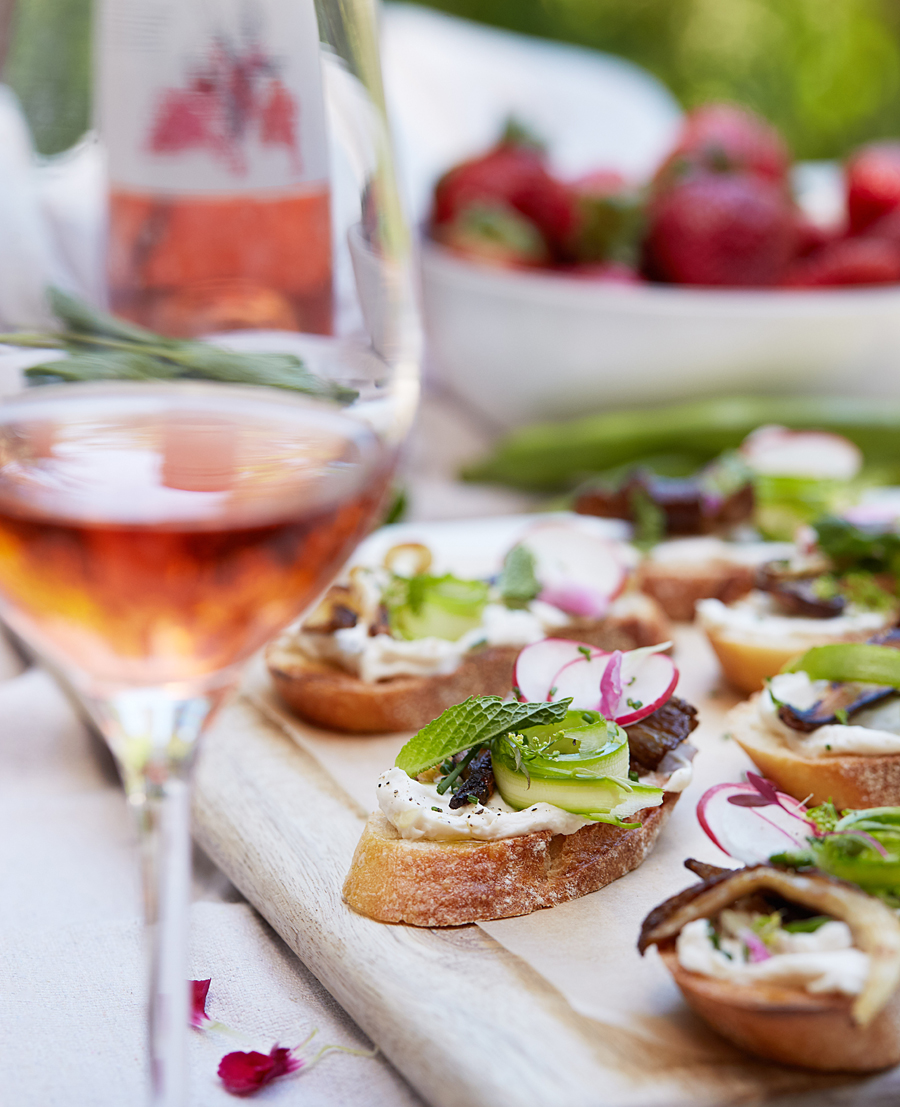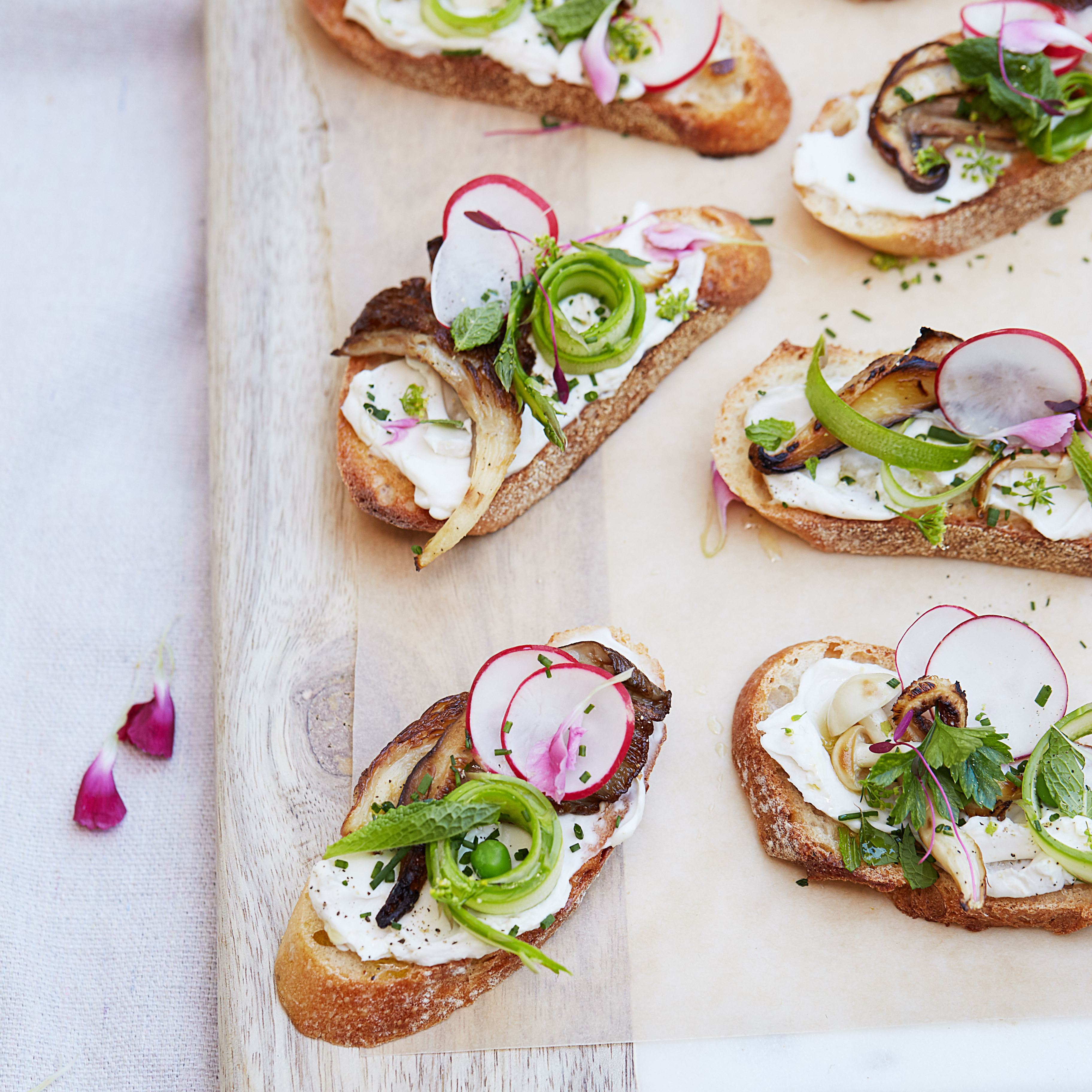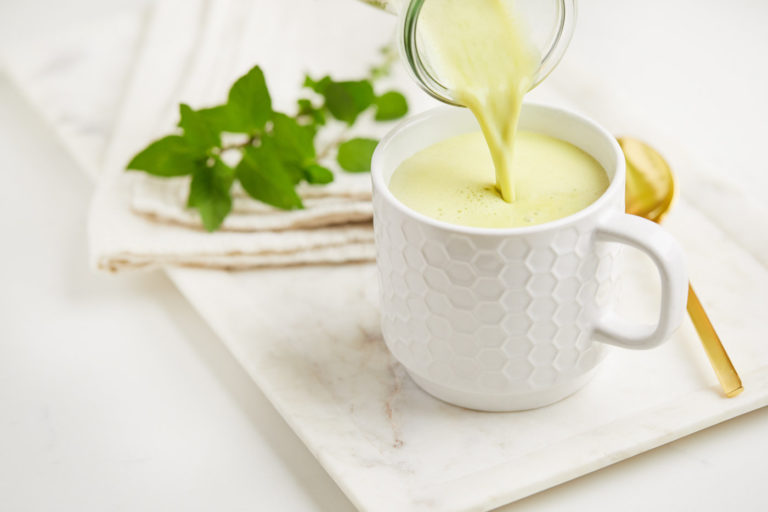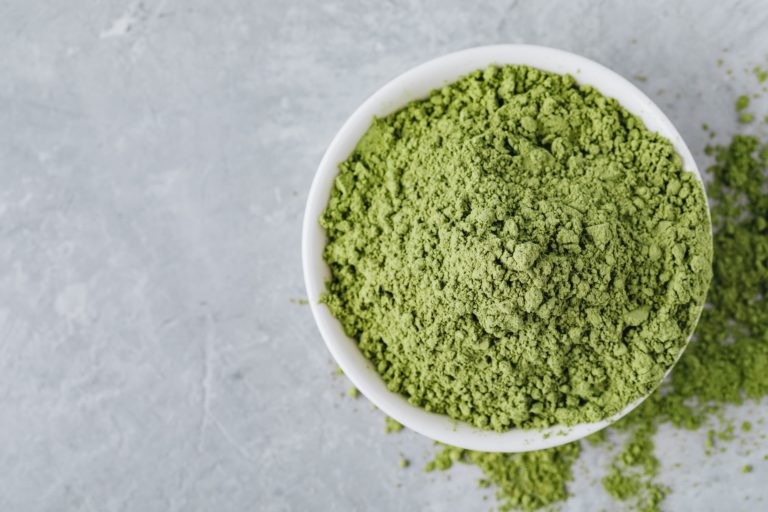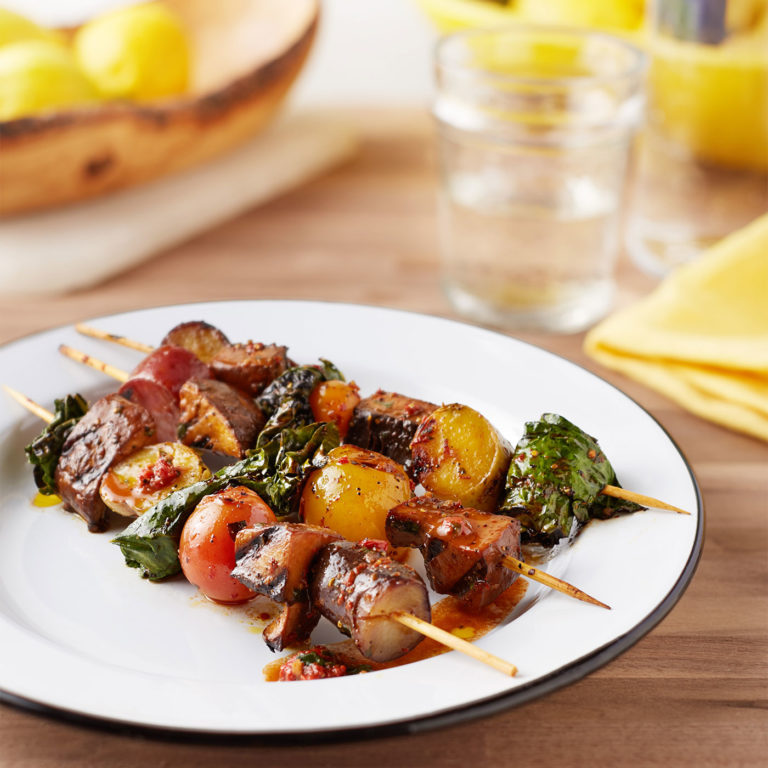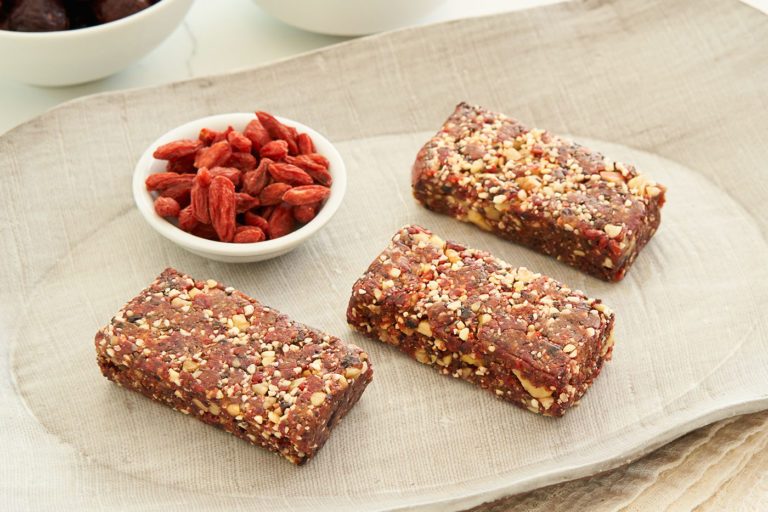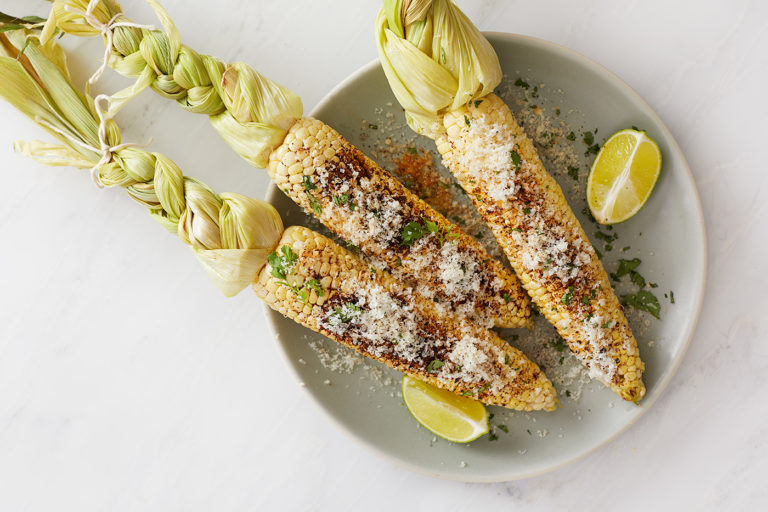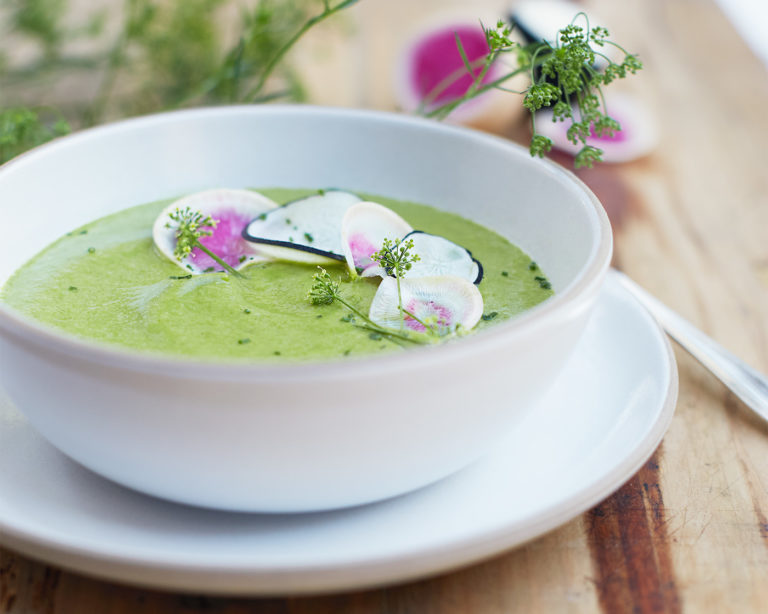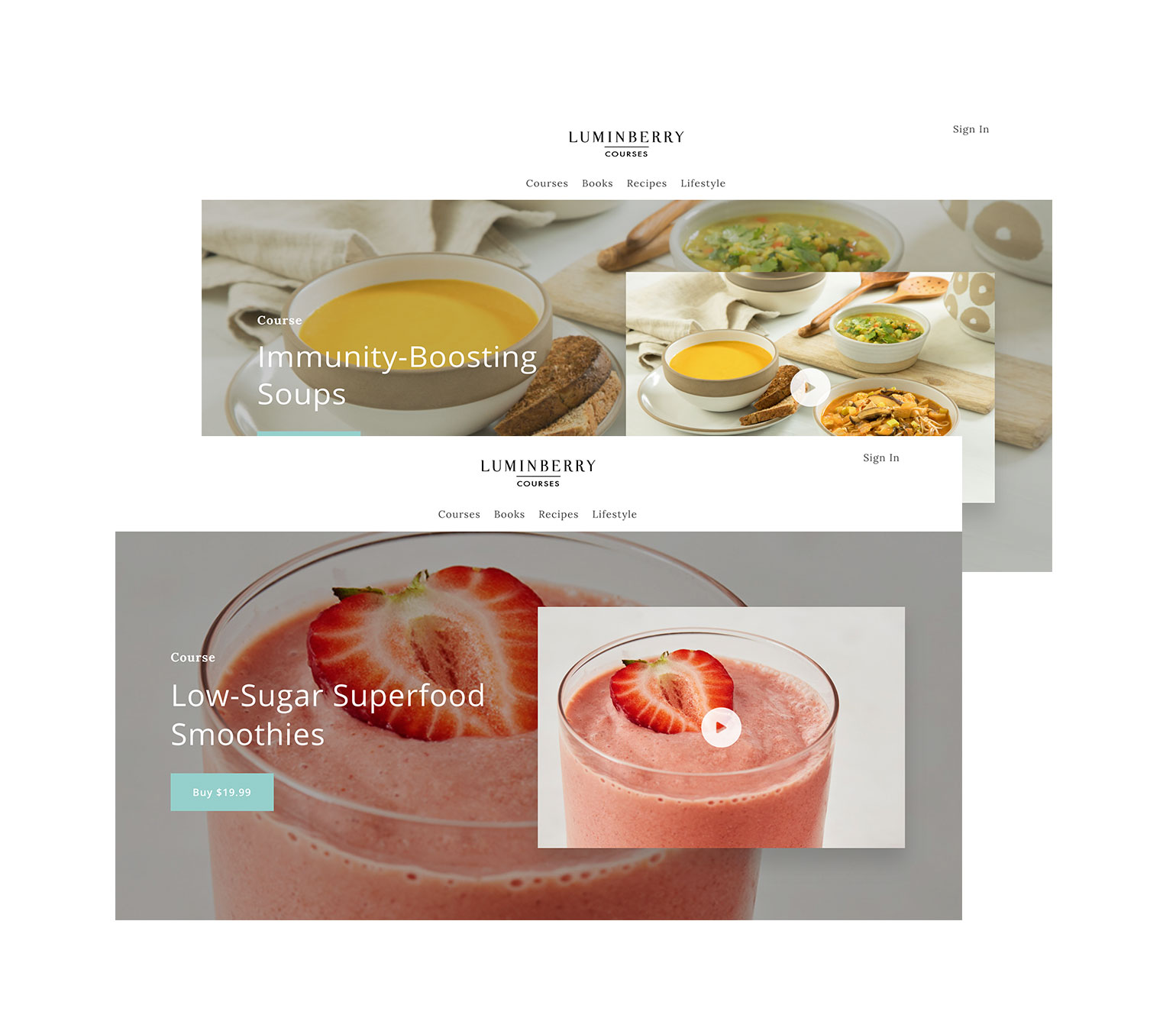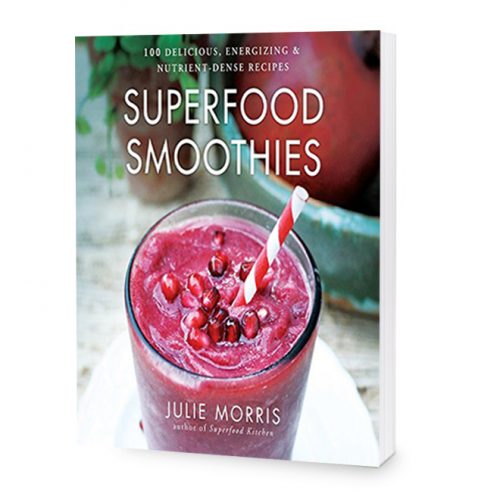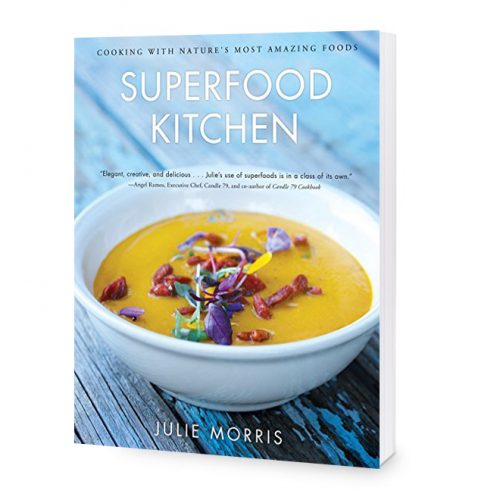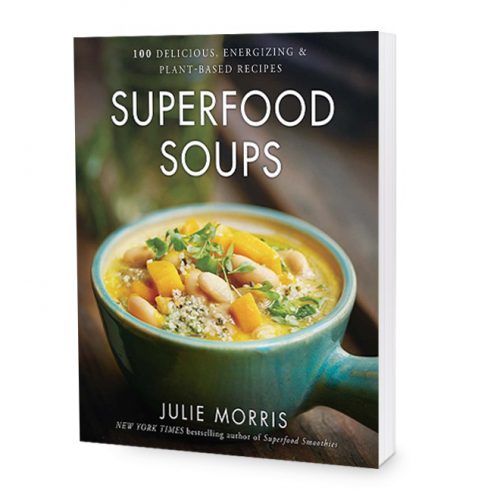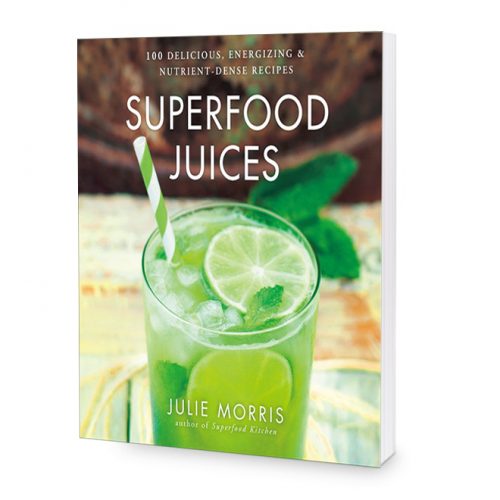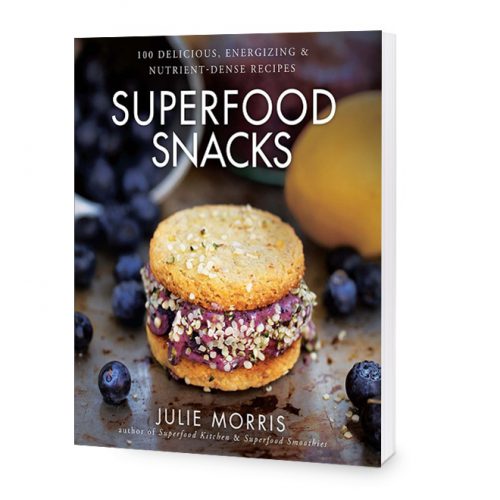Each month, we have the exciting edible opportunity to take advantage of nature’s freshest and most special produce: the foods that are truly seasonal. But there’s more to eating seasonally than just buying what’s on sale at the grocery store. This activity is dependent upon a combination of both utilizing the newest crops, and eating the foods that most support our body during specific weather patterns and times of transition. For example, you probably won’t crave watermelon much during the cold of winter. That’s because it’s a cooling food that is packed with electrolytes … not something most of us need when it’s jacket weather. Here are some of the foods that are best to take advantage of in the spring, both in flavor as well as in function:
Radishes – Make your spring dishes really sing with a colorful confetti made of fresh radish shavings. Ready to top your next sandwich, pizza, salad, or avocado toast, this peppery root is available all year round, but it at its prime in the spring. Radishes are well known for their beautifying and anti-bacterial, anti-fungal and detoxifying properties, all of which makes them an excellent addition to your clean diet line-up. Look to include radishes of all types, including purple, black, ninja, and watermelon varieties.
Strawberries – Strawberries start to make their first appearances toward late spring, and the first batches are always the sweetest. Make sure you get your hands on some of these delicacies during the next few months, which make excellent wholesome snacks, breakfasts and desserts. Plentiful antioxidants and impressive vitamin counts make this superfood especially good for decreasing your risk of a springtime cold or flu.
Camu – Spring may be an energizing time for the body, but increased pollen levels can produce a lot of biological stress while the body tries to keep allergies at bay, sending the immune system into overdrive. Consuming extra vitamin C can help act as an anti-inflammatory tool internal, and keep immunity levels high. As the most condensed source of Vitamin C of all foods, camu berry is a must in your springtime food collection. Use it in smoothies, salad dressings, and sauces.
Wheatgrass – Another anti-allergy food, it may seem ironic to treat grass allergies with grass, but this “like treats like” practice is at the core of homeopathic medicine philosophy. With its extremely high chlorophyll content, wheatgrass helps strengthen your blood and elevate your body’s ability to transport oxygen and nutrition more efficiently. All this translates to a greater ability to ward off pollen “invaders” (well functioning blood and arteries is like being able to drive a delivery truck on a freeway that’s clear of other cars), and amp up your energy at the same time. I like to include lots of wheatgrass powder in juices, dips, and even mixed into pilafs after they’ve been cooked.
Asparagus – The sturdy tips of asparagus are practically a symbol of spring, which can be steamed, roasted, shaved, or even blended into soups. Aside from plentiful vitamins like A, C, K, and E, asparagus is also a natural diuretic, meaning it can enhance your cleansing efforts. A tip: the thinner the asparagus spear, the more tender and flavorful it will be.
But wait there’s more! Other excellent spring edibles include fava beans, peas, mushrooms (look for morels and chanterelles in particular), artichokes, arugula, and baby beets.
So, what do you like to add to your spring diet?

